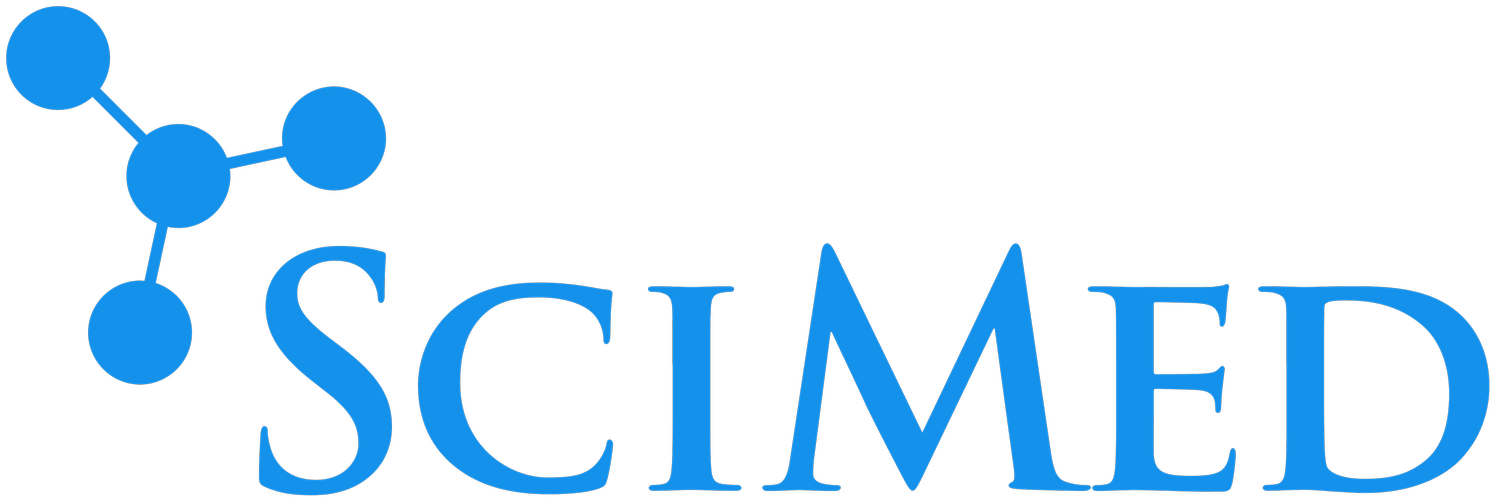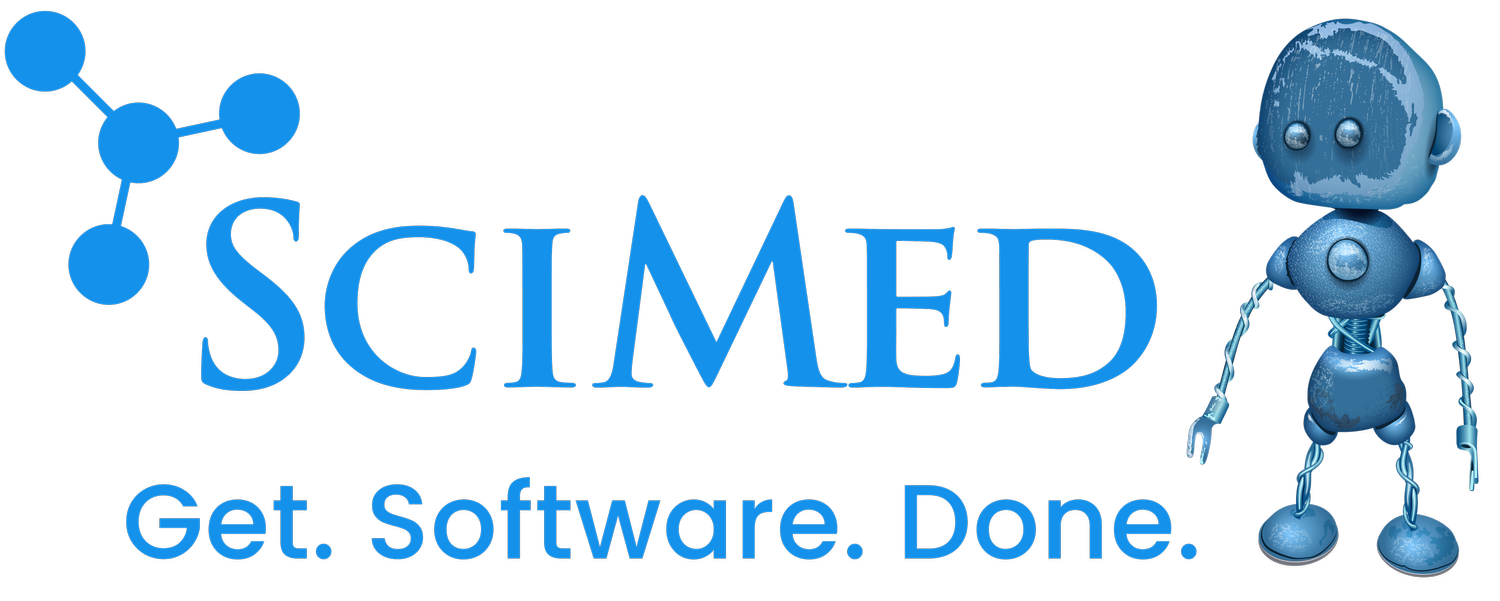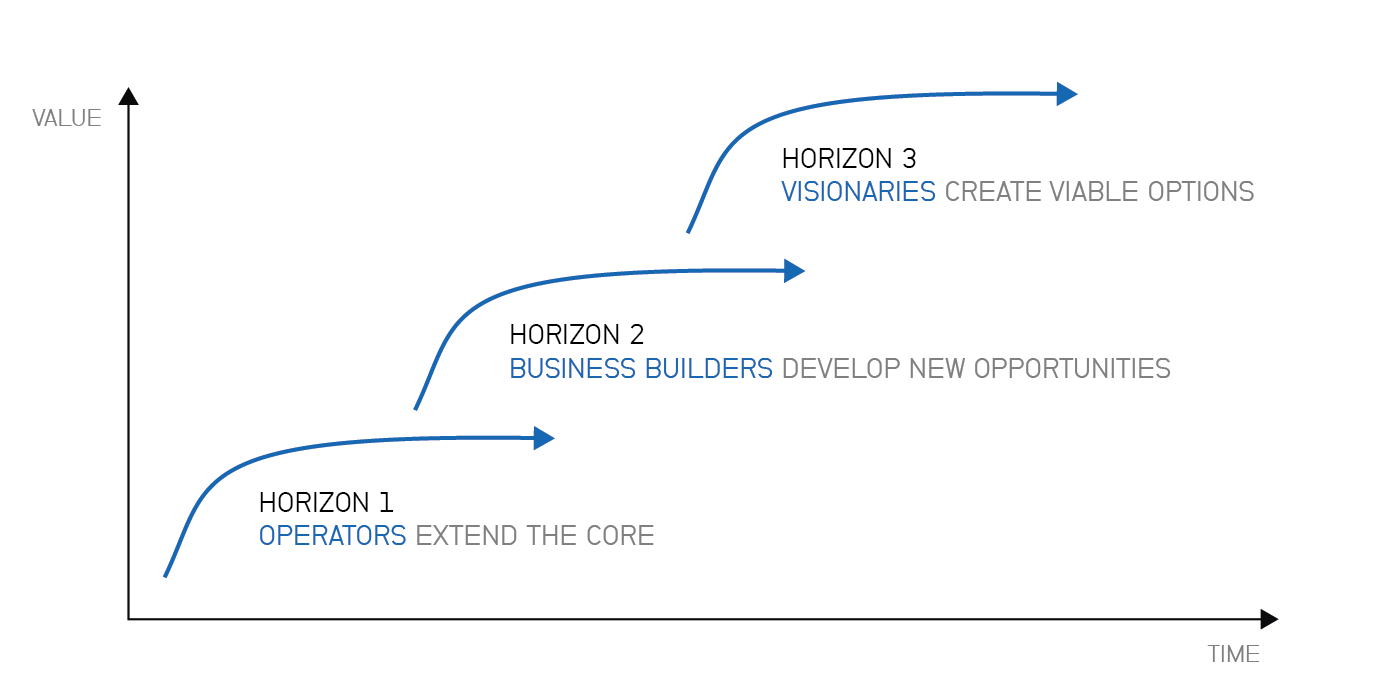5 product management frameworks that actually work
Product development is no easy task. To consistently develop and launch great products, you need a repeatable and scalable process. With that being said, you can’t copy and paste your approach from project to project. These frameworks are meant to be a guide, a jumping-off point.
As a team that can consistently launch great products for life science companies, we have our own methodology that guides us down the path of success. With frameworks in place, we’re able to stay attuned to the industry, seize opportunities when they arise, and make the product more likely to succeed.
Here are 5 frameworks we use to evaluate opportunities, prioritize features, and define the final product.
Double Diamond
The first framework we’ll talk about is the Double Diamond - a discovery framework. Discovery frameworks are critical at the beginning of projects to think through opportunities for the product. At this point, you’ll also want to consider different approaches, validate your ideas, and how to overcome key challenges.
Originally, the Double Diamond framework was a design process model but is now used as a framework to fuel innovation. It consists of four phases: Discovery, Definition, Development, and Delivery. Each phase is defined as follows:
Discovery: During this stage, it’s important to have conversations with real users and understand what their pain points are. What problems are they facing? Where do they go for current solutions? The most important part is to keep asking why to get deeper answers. And then ask why some more.
Define: Once the discovery phase has been completed, you’ll want to synthesize all the quantitative and qualitative data. Analyze it more to then define what your core challenges are, and then brainstorm opportunities to solve them.
Develop: Gather your team and start discussing possible solutions to problems. As you do this, let users try your product to get quick feedback and to ensure you’re on the right track.
Delivery: After you’ve received feedback, settle on a solution and launch your new product.
Layered on top of that, it requires two types of thinking: divergent and convergent.
Opportunity Solution Tree
Another helpful framework in the discovery process is an Opportunity Solution Tree - which is designed to help simplify the discovery process by prioritizing opportunities. As a team, this can help you envision the big picture and think through what needs to be done to get there.
To create one, start by envisioning what it is you want to build or what you want to achieve. It’s important to be as specific as possible when doing this. Once you’ve done this, dive into the research to gain an understanding of your customer's pain points, and remember that these pain points are opportunities for you to develop great product features. Test your solutions, and iterate upon them.
In plain language, Opportunity Solution Trees help you to define your ideal product and the key actions to take to get there. You can learn more about Opportunity Solution Trees from the creator of them, Teresa Torres, here.
AARRR Metrics
AARRR Metrics - otherwise known as pirate metrics - is a strategic framework to help bring clarity to each stage of the customer lifecycle, with those stages being: Acquisition, Activation, Retention, Referral, and Revenue. This is used to make sure the products we launch are adding to the overall performance of the companies we work with.
This framework was created to help startups focus on metrics that impact company performance. Using this framework can help to answer important questions for your business. Like, who are our most valuable users? What channels are these users coming from? What do they like and dislike about the product?
Three Horizons of Growth
Created by McKinsey, another strategic framework is the Three Horizons of Growth. It’s designed to help you stay focused on growth and innovation for your company by putting your goals into 3 “horizons”. The first horizon focuses on your current core business and defending that. Horizon two covers identifying and seizing new opportunities for your business. And horizon three focuses on future profitable business ideas.
Diving deeper into the first horizon, let's focus on the areas that are most closely aligned with your business today. In other words, what is actually driving revenue for you today. If you’re a life science startup, this might include using machine-learning technology to offer an improved drug-discovery platform, creating innovative cancer therapeutics, or creating off-the-shelf, virus-specific drugs. Within this horizon, focus on making current processes more efficient and increasing margins.
Now let's take a look at the second horizon, exploring new areas to apply your current business model to. You should be fairly confident about making money back in these areas, as they’re only an extension of what you currently do. This might include launching a branch of your life science company in a new region, or launching new product lines.
Finally, horizon three, is where you dive into entirely new areas. While this area might seem the riskiest, it may also come with the most reward. Activities that fall within this area might include venturing into new areas, research programs, or the launch of new products. This area is truly focused on disrupting and innovating.
MoSCoW Prioritization
Lastly, we’ll cover a prioritization framework, the MoScoW framework, which helps to prioritize tasks within a product. As a developer or product manager, you’re often faced with a long list of tasks and items to take care of. This framework can help you prioritize which are most important to tackle first. Each task/item is categorized into four buckets:
Must-Have: These are features that absolutely must be built out in order for the project to be considered successful.
Should Have: These features aren’t essential for the product to launch, but if they’re incorporated they could add tremendous value to the overall project.
Could Have: Again, these are not at all essential for the project to be completed, and even less essential than the should haves.
Will Not Have: These are features intended to be built out in a later release. They won’t be included in this release but could be in the future.
Putting features and tasks into buckets like this can help you understand how each product feature fits into the overall roadmap and strategy.
Great Products Need Great Processes
Creating a great product is no easy task. But time and time again we’ve managed to launch great products by following repeatable and scalable processes. If you’re interested in working with SciMed to launch your next great product, contact us here.





